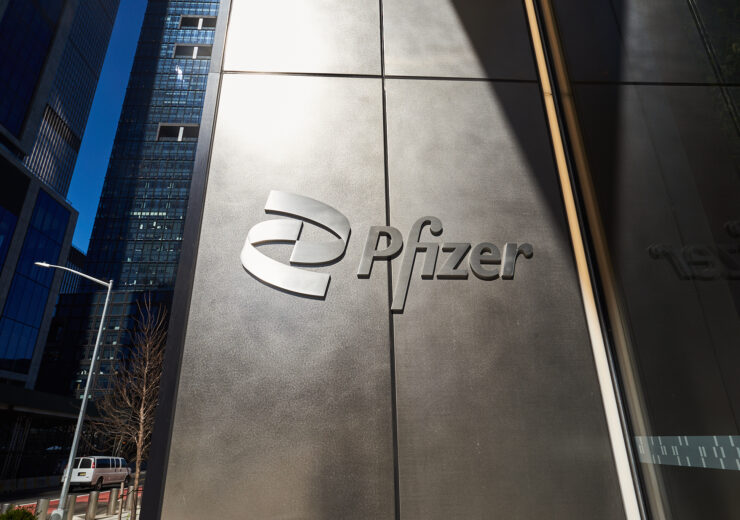The approval was backed by the statistically significant and clinically meaningful radiographic progression-free survival (rPFS) data from the Phase 3 TALAPRO-2 trial

Talzenna is an oral inhibitor of poly ADP-ribose polymerase. (Credit: Pfizer Inc.)
Pfizer announced that the US Food and Drug Administration (FDA) has approved Talzenna (talazoparib) in combination with Xtandi (enzalutamide) to treat adult patients with homologous recombination repair (HRR) gene-mutated metastatic castration-resistant prostate cancer (mCRPC).
Talzenna is an oral inhibitor of poly ADP-ribose polymerase (PARP), which plays a role in Deoxyribonucleic acid (DNA) damage repair.
The approval was backed by the statistically significant and clinically meaningful radiographic progression-free survival (rPFS) data from the Phase 3 TALAPRO-2 trial.
According to the data, the Talzenna plus Xtandi reduced the risk of disease progression or death in patients with mCRPC by 55% with prospectively identified HRR gene mutations vs placebo plus XTANDI.
Pfizer Global Biopharmaceuticals Business president and chief commercial officer Angela Hwang said: “As a global standard of care, Xtandi has shown efficacy in three types of prostate cancer, and the addition of Talzenna demonstrated significant improvements in delaying or preventing radiographic progression-free survival or death in patients with this type of advanced prostate cancer.
“With today’s FDA approval of Talzenna plus Xtandi, we are proud to be able to offer this potentially practice-changing treatment to patients and add to their options in managing this aggressive disease.”
TALAPRO-2 trial is a Phase 3, two-part, two-cohort, multicentre, randomised, double-blind, placebo-controlled study.
The primary endpoint was defined as rPFS, and overall survival (OS) was a key secondary endpoint.
The TALAPRO-2 trial’s safety of Talzenna with Xtandi was consistent with the known safety profile of each drug.
Pfizer said that the final TALAPRO-2 OS data will be released once the predetermined number of survival events has been reached and, if appropriate, may be used to support a prospective regulatory file to benefit larger patient groups. In 2024, the final OS data is anticipated.
The European Medicines Agency has accepted a marketing authorisation application (MAA) for the Talzenna and Xtandi combination for review.
The pharmaceutical major has also provided data with other regulatory bodies to support regulatory filings.
